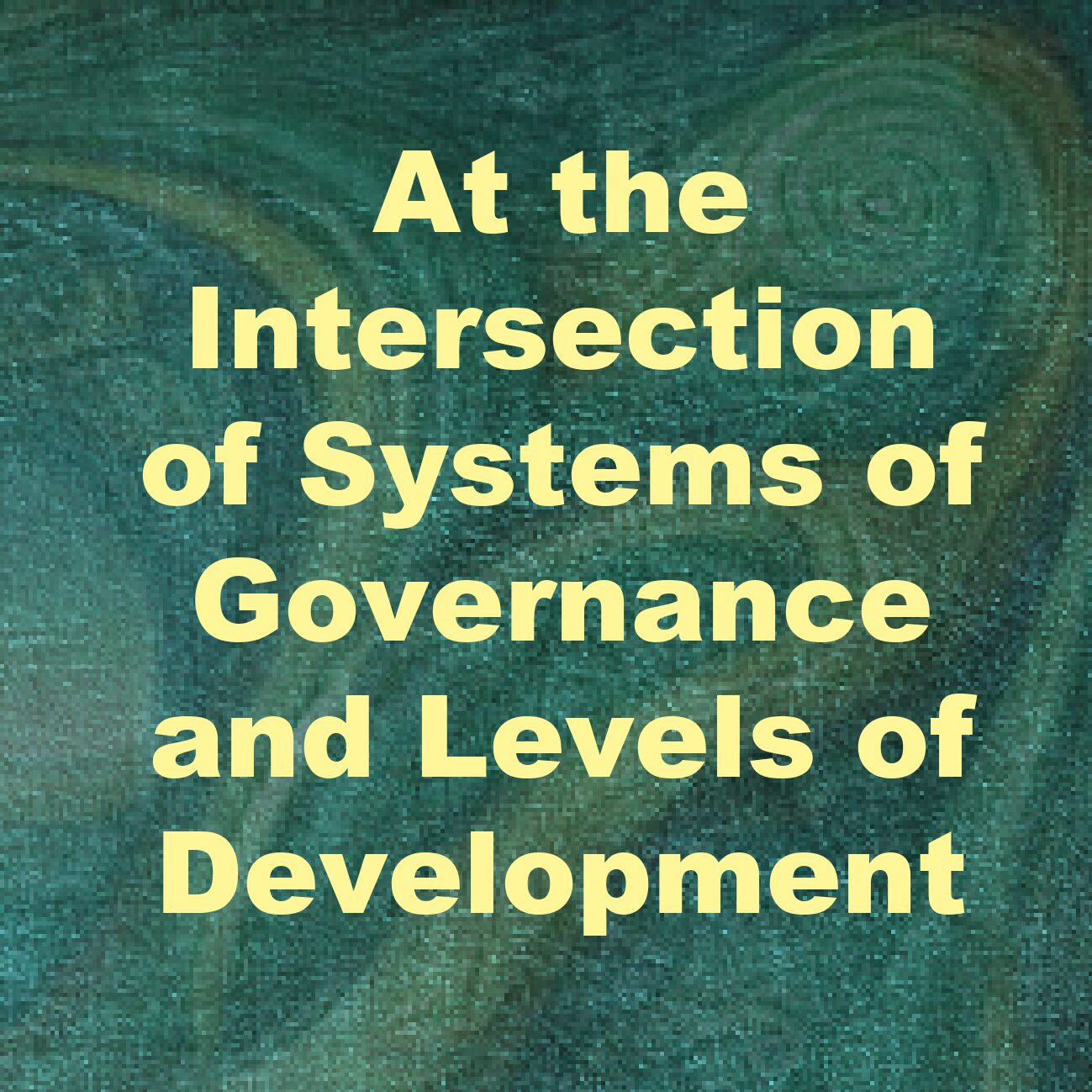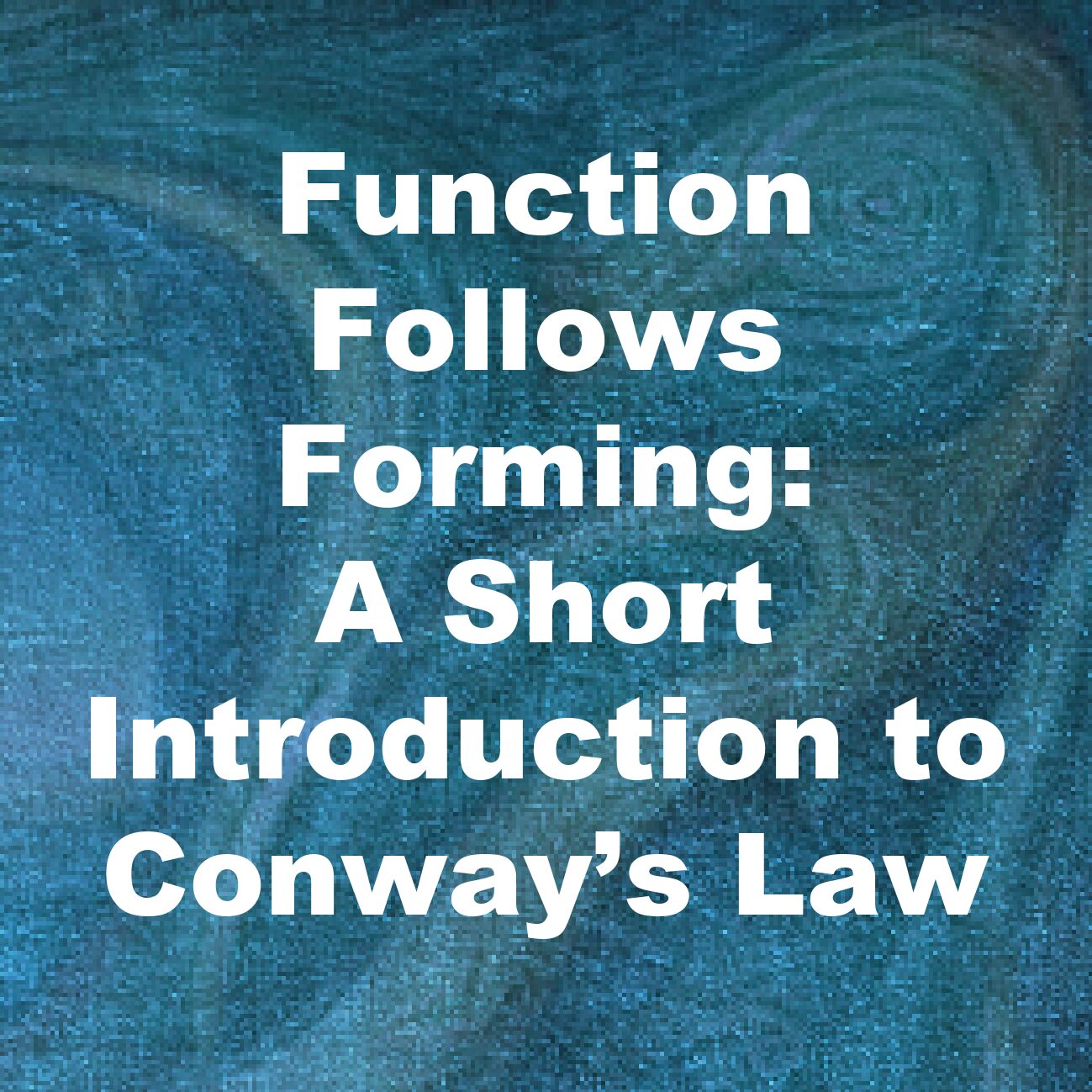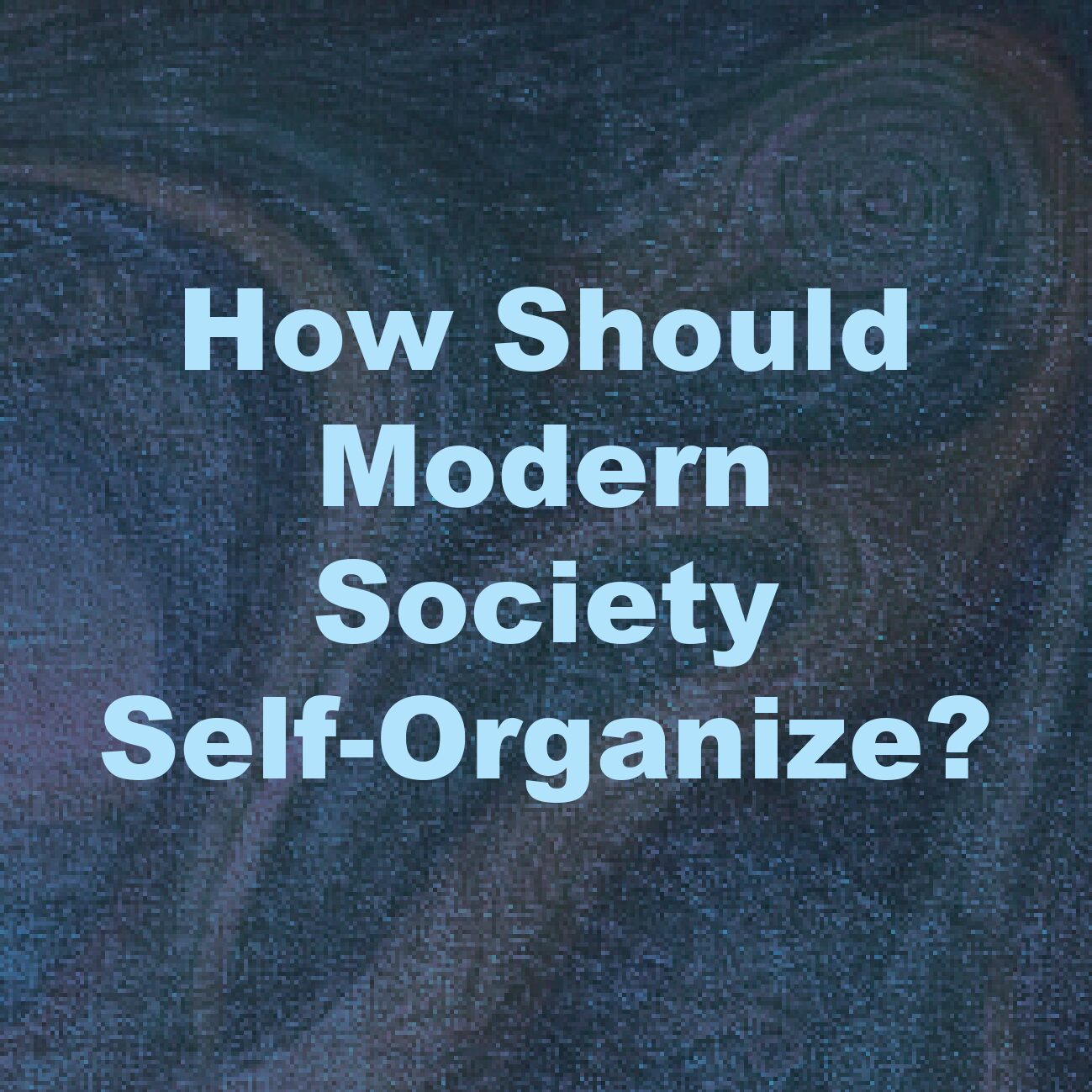Written at least partially in response to a question I was asked on LinkedIn An application of Conway’s law at the societal level. The original post is here and a discussion on Conway’s law can be found here.
I recently posted on LinkedIn a list of questions I have been musing about regarding whether, as a society, we have allocated the right responsibilities to the right “teams”.
In response, Jen Rice asked
“How do we know what is right” indeed. And how can we recognize that what is right for me is not necessarily right for someone else, and come to a mutual understanding and find common ground? I appreciate Spiral Dynamics to help explain a lot of what we’re seeing: when different levels — say green vs. Orange, this particular conflict is everywhere — are unable to see from the other’s point of view. We’ll need to get a certain percent of the population and leadership at Yellow — integral — before we can achieve anything remotely resembling a healthy democracy. What do you think, Kate?
I believe that “right for us” requires processes that embrace suffering and conflict as an inevitable part of the whole and that turn to relationship and restoration over retribution.
I believe that “right for us” processes include the more-than-human world and happen in the context of every relationship between beings.
I believe that a critical mass of good-enough, interlocking processes will be more viable and workable than any attempt at unification. I’m not convinced that the word “democracy” can be liberated from it’s cultural baggage.
I have observed that one of the biggest developmental challenges my clients and colleagues who think of themselves as trying to move from orange to green have struggled with is the need to integrate the gifts of the lower levels that have been pushed into their shadows.
I believe that processes for helping children maintain the felt-sense of belonging to the whole cosmos is a crucial element of any project to reintegrate humans into their habitat in a life-sustaining way.
And, I believe that since we are in the larger system, we can’t see it, and therefore can’t direct it, predict it, or control it. I suspect that many of the visions people hold of what Yellow (Teal in Laloux’s levels) might look like are radically wrong and that view from Integral sees gifts in the struggles between the lower levels that those of us in the processes of development can’t see.
I am not willing to guess at a relationship between Yellow and democracy, but I sense that Yellow systems must be hyper-locally customized and participatory with deep ecological awareness.
For me, the questioning is what the present moment calls for. The system many have taken for granted is being broken. What is the opportunity here?



